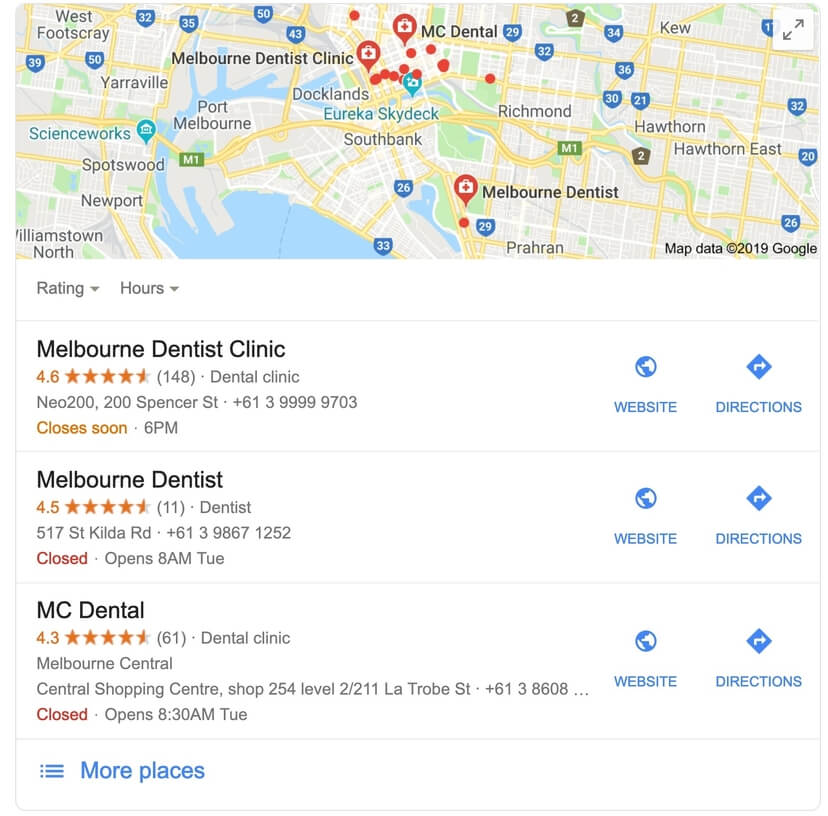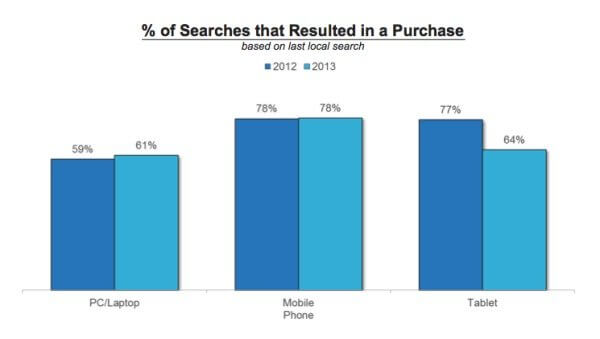But how do you measure those goals?
When you have established your goals and created the strategy, you will now be able to measure it. First, you need to know what it was like before implementing a new strategy, and you need to know how it’s performing afterward.
Let’s take some goals and see how we can measure them!
Higher rankings
Take a look at your articles. See which is ranking the best and which articles need the SEO boost. You can rewrite the old ones and write some new ones. After some time check the rankings again and if your articles appear in a higher position than before, you just started your content SEO strategy successfully! Use Google Search Console to keep track of your rankings. The more keywords you’re ranking for on each page, the more traffic and conversions your website will generate.
More traffic
If you want to get more traffic on your website, your main focus should be on the number of unique visitors you get weekly or monthly. If the organic traffic that comes to your website using search engines increases, that means you’re doing it right. To keep track of the visitors on your site, use Google Analytics.
More sales
This may be the ultimate goal of your content SEO strategy. It is not so easy to measure the direct impact of the content SEO strategy on the sales, and it will need some time to have an effect on your sales. Google Analytics is giving you a lot of options on how to attribute the value of sales to certain pages.
So, how you will measure the success of your content SEO strategy mostly depends on the goal of the specific strategy. It is really important what do you want to achieve. Determine your goals, find the metrics you need and define a test period where you can see if your content strategy was a success.
Many local businesses overlook link building, and approximately 35% of marketers don’t have a local link-building strategy in place. For businesses who practise link building, content development, direct asks, and sponsorships are their best tactics.
A large number of businesses neglect review management strategy which involves monitoring and responding to reviews, fighting spam and analysing people’s sentiment towards your business. With that said, every business needs review management in their customer service programs.
Backlinks and reviews are convergent technologies that work together to rank a website highly. By sustaining a network of affiliate sites that point to your business, you prove to Google that you’re trustworthy, according to the quality of this network. Review sites like Yelp, Zomato, Google Reviews and others all point back to your business and offer potential customers a reason to give your business their patronage or not.
Various size businesses haven’t made the mobile-first leap, and that means they will be left behind. About 55% of marketers have confidence in the mobile-first status for their sites, but other 45% don’t have it. It is a fact that most companies are using paid Google advertisement, like Google Ads, Service Ads or some other form or PPC. In the technology era, a big number of companies don’t use in-store tech like beacons, sensors, QR codes etc.
E-mail marketing is highly rated, as having the highest return on investment, but around half of the marketers are either not implementing this strategy. Half of the local businesses are implementing word-of-mouth and loyalty programs, and not depending only on Google, while the other half is risking by relying only on Google.





